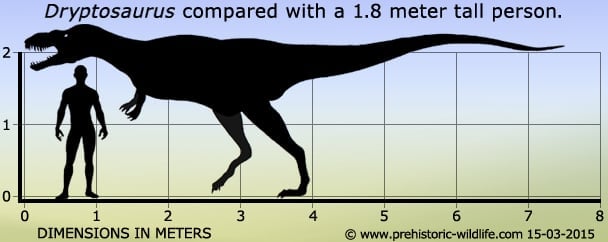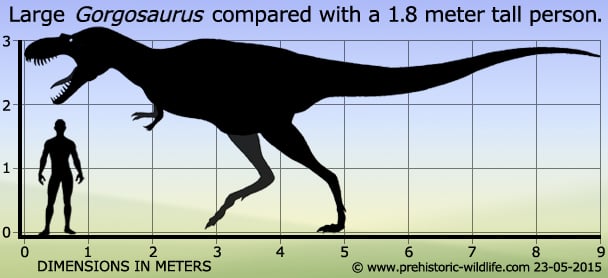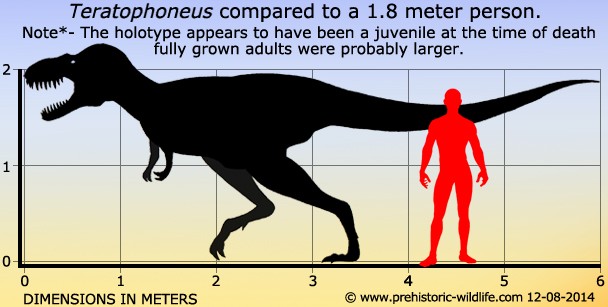Acho que já era conhecido que os maiores tiranossauróides não seriam cobertos por penas, pelo menos não o tempo todo, ou todo o corpo, já que se tinha impressões de escamas de T. rex especificamente.
Acho que mais completamente penados devem ter que ser pelo menos menores que elefantes, até.
Se aproximando dos "velocirraptores" do Jurassic Park, ou um pouco maiores, mas mesmo assim talvez já tendo partes do corpo mais "depenadas", como avestruzes.
Driptossauro, "Nanotyrannus", Guanlong... esses menores, e mesmo a maioria dos maiores hoje em dia, tem todos nomes chineses que eu não lembro.


Driptossauro.

